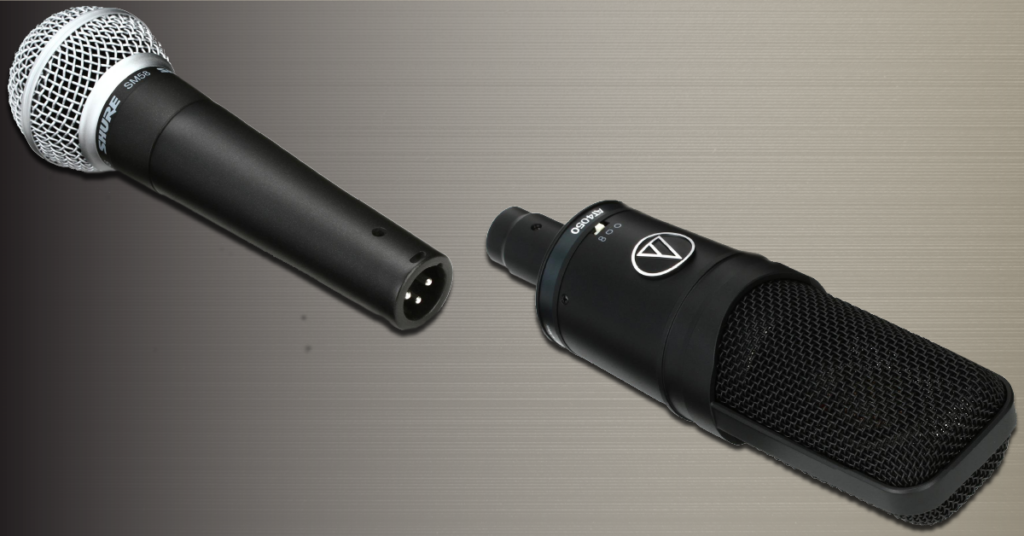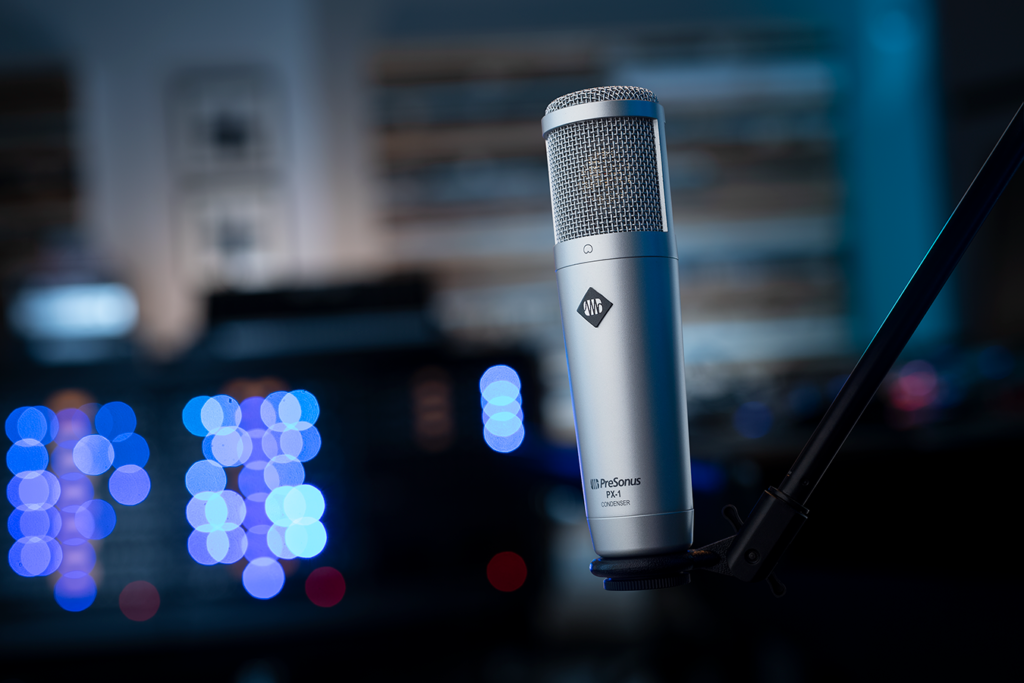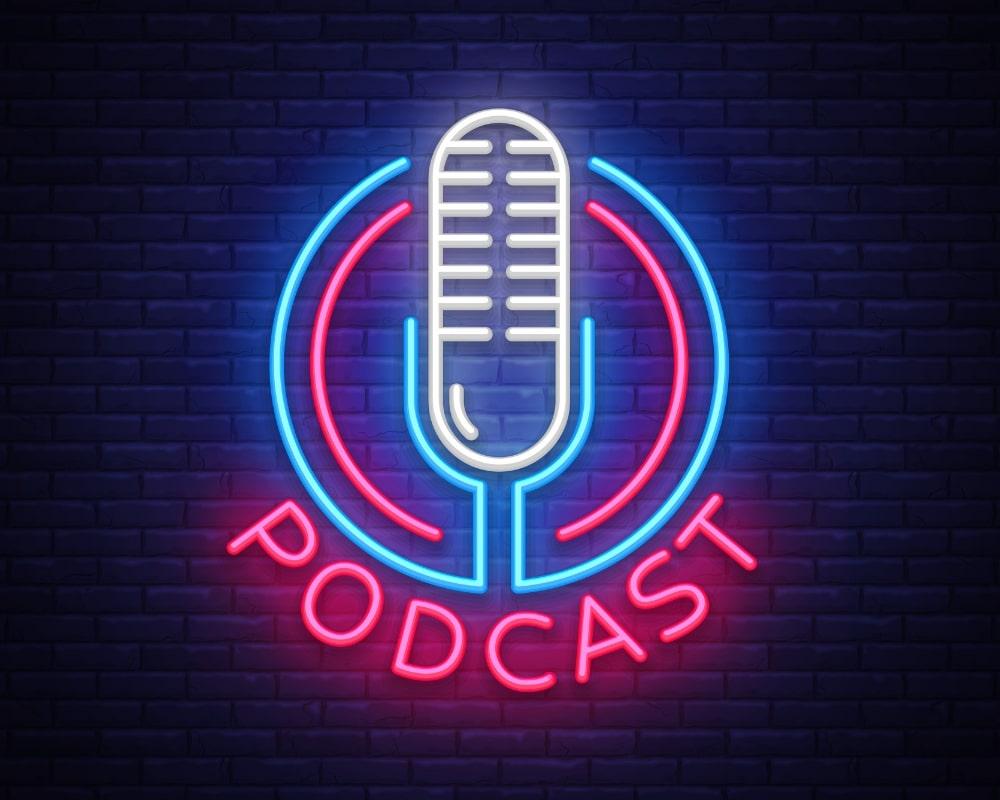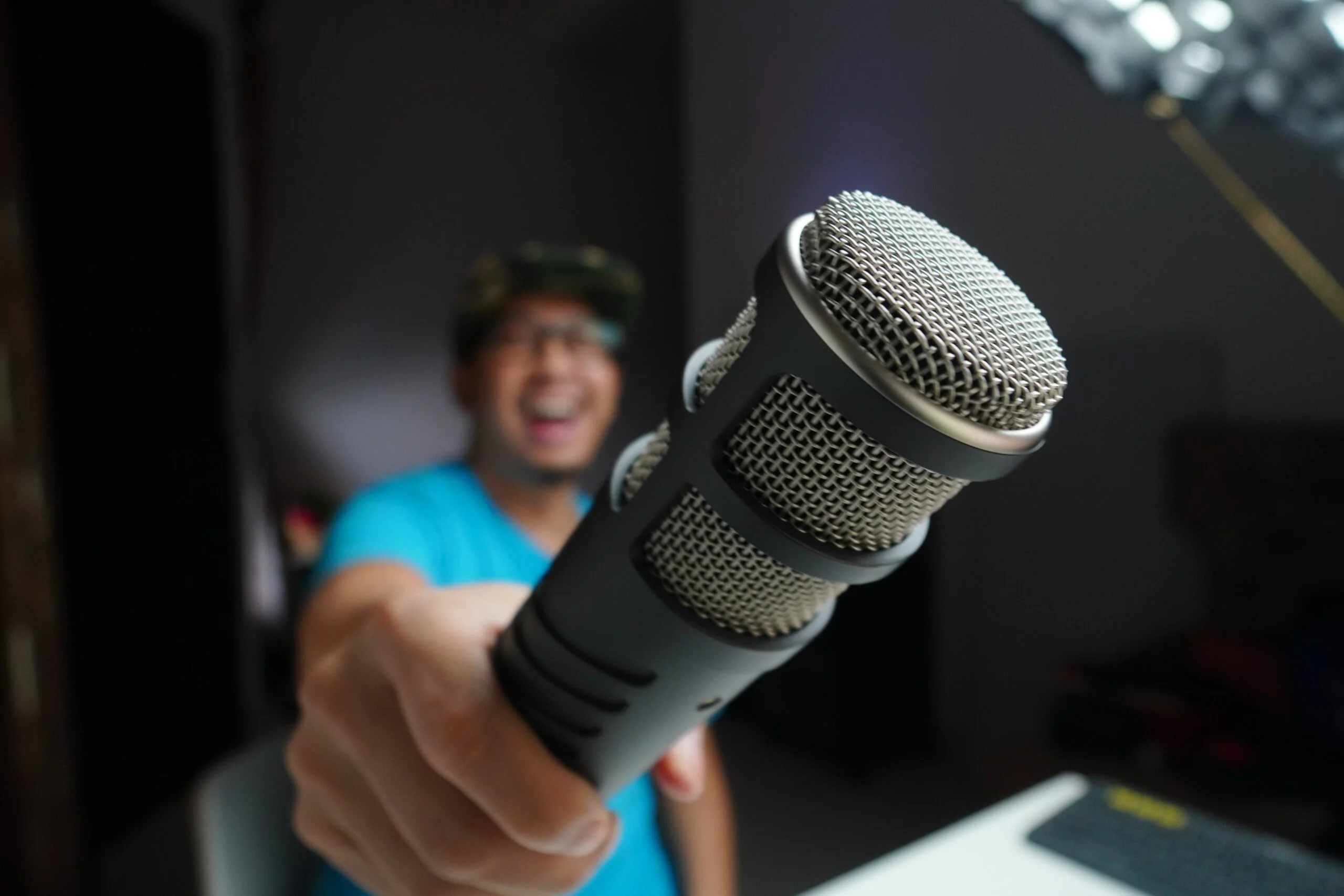The device that transforms acoustic vibrations into electrical power forms is a microphone. Then, these electrical power variations can be transmitted to other electronic devices like cell phones, sent to common audio interfaces, or amplified so that people who are far away from real-time audio resources can hear them. The use of different types of microphones can be very advantageous for a wide range of activities, including vocal singing, streaming, gaming, podcasting, video blogging, and more. You might be acquainted with a few of the well-known and venerable microphone brands that are currently on the market. You should have a basic knowledge of the various microphone types in addition to being conscious of these iconic microphone models. You will be able to understand mics more thoroughly as a result of this.
As a matter of truth, there are three different types of microphones: dynamic, condenser, and ribbon. It is highly advised that you familiarize yourself with the different types of microphones available before making a purchase.
( read more – 8 Benefits of Professionally Mastering Your Music )
1. Dynamic Microphone
What precisely are dynamic loudspeakers? In actuality, it is a type of microphone in which sound waves create an oscillating magnetic field around a moving wire or coil, which causes a current to flow through the microphone. A dynamic microphone uses the electromagnetic environment around it to produce an electric signal. Sound waves shock the diaphragm, which causes the coil to vibrate and produce an electric signal. Dynamic microphones are frequently used in a range of live performance situations, such as conferences, podcasts, and online platforms. The overwhelming majority of dynamic microphones have XLR cable connectivity.

Dynamic microphones are extremely well built, and they have outstanding off-axis sound rejection. They are also less susceptible to the negative impacts of heat and moisture. Producers favor dynamic microphones because they let them focus on the voices while at the same time muting any background noises that might be present in the recording environment. One of the shortcomings of dynamic microphones is their poor high-frequency response, which also adds to their poor sound quality. Additionally, because of the low level of sensitivity, it is difficult to use for film work because a large deal of detail will be lost.
2. Condenser Microphone
Condenser microphones, the most popular variety of microphone, use a capacitor as the part that transforms sound waves into electric impulses. Many apps are used for activities like podcasting, streaming, video production, and recording gameplay.

Condenser microphones are considerably more sensitive to changes in humidity and temperature than dynamic microphones, are more prone to damage, and are hypersensitive to background noise. The advantages of a condenser microphone over other kinds of microphones include a more audible audio signal, a flat frequency action that provides rich details, and a smaller overall size.
Small and large diaphragm condenser microphones are the two subtypes of condenser microphones that are currently accessible.
3. Ribbon-based microphones
The price of a ribbon microphone is expensive because they are hard to come by. It is used in professional studios many times.. The most authentic microphones to use when recording music, conversation, or even the ambience of a room are ribbon microphones. To capture all of these elements, use a ribbon microphone.
How do you choose the mics that are most appropriate for your usage?
The microphone that should be used is any that is suitable. Determine the use of the microphone before making a purchase. For instance, will it be used for gaming, filming, live streaming, or video blogging?
Depending on the situation and the intended use, you have a variety of microphone options at your disposal. For instance, you wouldn’t pick a dynamic microphone if you wanted to buy the finest mic for studio recording. This is due to the higher cost of dynamic microphones. The second thing you should consider is your budget for the microphone.
1. Streaming and Gaming
For new players and streamers, the entry-level USB condenser gaming microphone is a good choice because it combines a low price with a basic feature set that can still produce high-quality sound. If you want to expand the features and choices at your disposal, think about buying a microphone with dual connectivity.
The use of a microphone that effectively blocks out background noises like the clicking of a mouse or computer and the low-frequency hiss of home appliances is crucial for gamers. If gamers use a gaming microphone with a cardioid polar pattern, they can record audio that is perfectly clear. Additionally, some microphones come with complimentary software that offers high-end audio processing choices like low-cut, tone, RGB customization, and many other features of a similar nature. ( 9 Reasons Why Mixing & Mastering is Much Needed for A Song )
Streamers must be able to watch their recordings in real-time, so they need a microphone with a 3.5mm audio connector and a mic gain control feature so they can adjust the mic gain as necessary.
2. Podcasting:
You might need to capture podcast episodes in a variety of places, including your home studio, a nearby cafe, or even a friend’s house. In addition to being portable, microphones must also have excellent noise-canceling performance because some of the sites have not been sonically handled. Because of this, you must make sure that the microphone you select for podcasting creates a realistic voice, has good off-axis rejection performance, and is portable. These are the top three things to think about.

3. Video vlogging
Vlogging requires mics that are highly portable, have excellent audio clarity, and work with a variety of gadgets. As vloggers frequently record their material using either a camera or a mobile device like a smartphone, compatibility with cameras and mobile devices is crucial. The portable microphone’s main features include an omnidirectional polar pattern, a condenser type, and a rechargeable battery. It was created especially for use in vlogging. Companies usually release single versions and dual versions of products to satisfy a wider range of customer needs. Some wireless microphone systems also include a charging case that can be used to keep and recharge the microphones.
Choosing the best microphone
Based on the three various types of microphones that you learned about in the previous section, you should now properly know which kind of microphone you should get if you want to start a podcast studio or use it for any other reason. To open up new possibilities for your voice, I have to say that purchasing a high-quality microphone is one of the best things you can do for your job, your career, and even for yourself.
Also Read about – What is the Difference between Sound Mixing and Mastering?


Leave a Reply